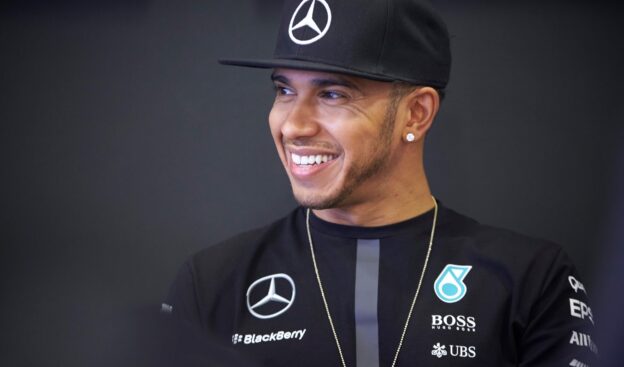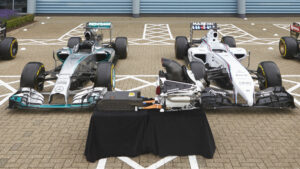Diet of an F1 driver

Lewis Hamilton cemented his place at the top of the F1 standings with victory on home soil at Silverstone. His Mercedes team mate Nico Rosberg is right behind him though and many people suggest that the best car will always win the championship.
The demands in F1 are huge though and people don’t realize the incredible determination and sacrifices it takes to be an F1 driver. Like in any sport the best athletes will be in the best teams. Lionel Messi plays for Barcelona because he is the best player. Messi wouldn’t have broken the amount of records and enjoyed his own personal success if he played for Huddersfield Town, just like Hamilton wouldn’t have won the Championship last season if he was driving a Ford Fiesta. Hamilton has the privilege of driving for Mercedes because he’s the best driver.
So how do the top drivers make it? Hamilton is blessed with natural ability and has been racing since the age of eight when he began karting. His passion for the sport has ensured he put in hours of practice. But as Hamilton progressed through the cars and stepped up from Formula Three to first racing in Formula One with McLaren in 2007, he will have realized that the more powerful the car, the greater the demands are on your body.
This means the drivers at the top need to be in physically good condition. We all know that the likes of Hamilton and Jenson Button will have vigorous fitness programmes to stay in shape, but what is often overlooked is the diet that the racers must abide to. With the help of a new interactive tool we were able to identify how the diet of an F1 driver is calculated around their performance, and what the drivers are eating.
The incredible power of the cars means the drivers will endure forces of up to 5GS. This results in them burning around 1200 calories during the race and means they can lose up to 7 pounds of body weight in sweat. To cope with these demands it’s not just about having control of the car and positional awareness. If the drivers don’t put the correct fuel in their bodies they wouldn’t have the energy to keep focus and operate cars that can reach up to 240mph.
The speed of the car will depend on the weight it is carrying though. Therefore the weight of the driver will make a big difference to how fast the car goes and its aerodynamics. So the diet of an F1 driver must provide them with enough energy, whilst not making them gain too much weight. To do this you can expect a lot of vegetables, fish and eggs to be on Hamilton’s diet.
The educational piece can be used to compare the diets from a range of sports. It shows you the difference in demands and why players need to maintain their desired physique. It can also be used by young athletes to see what they should be eating to give them a better chance of getting into pole position.
✅ Check out more posts with related topics:













LAST 3 F1 Fan COMMENTS